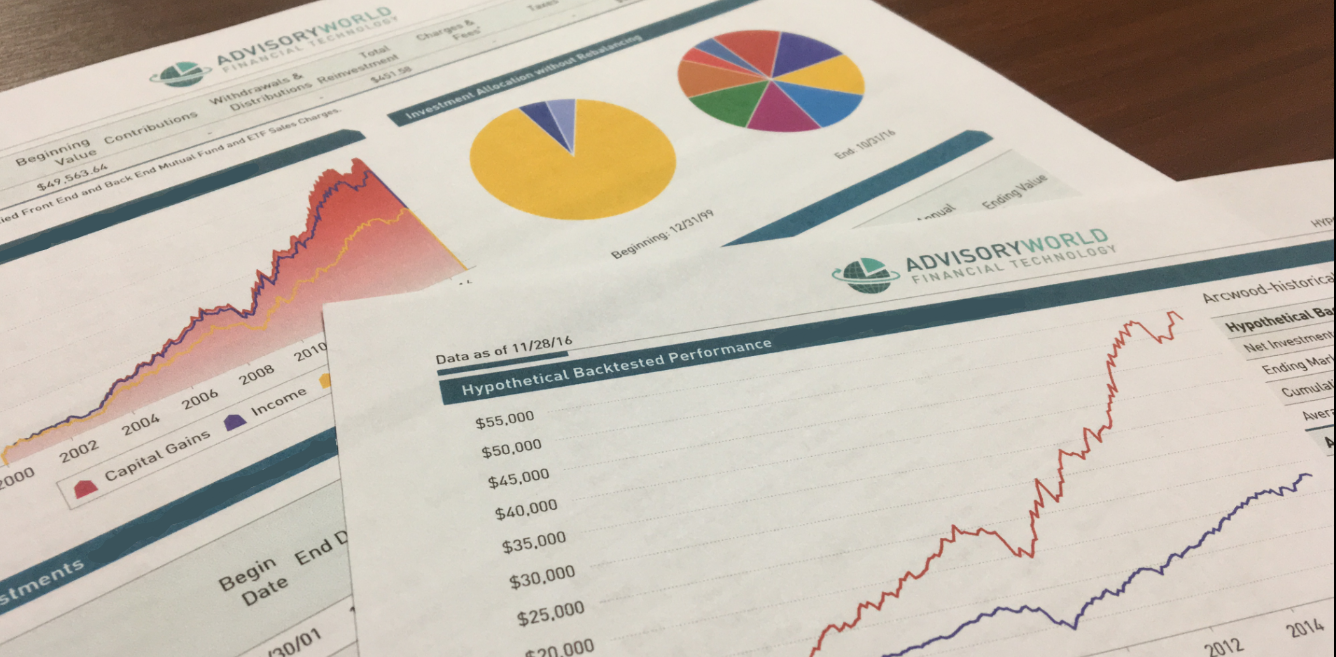Common Unexpected Risks to Retirement Accounts

by Ryan W. Smith
Even the most well designed retirement plans can hit unseen roadblocks along the way, especially once one’s working life is completed and a regular paycheck has stopped. Social Security will only go so far, and it’s not only being unable to cover expenses or outliving savings that retirees must worry about. While these are the two most notable worries for retirement planning, there are many other concerns that once a person is retired might be too difficult to overcome.
As 10,000 Baby Boomers stop working each day and with the eldest of that generation only approaching 70, management of Social Security benefits will become a more necessary skill for financial advisors going forward. Previous surveys saying that nearly half of all Americans have no retirement savings and that 30% of already-retired Baby Boomers had to retire due to circumstances beyond their control only illustrate the need for professional financial assistance, support that needs to include all aspects of Social Security and Medicare.
The Society of Actuaries releases a biannual report regarding retirement expenses. The group follows up with focus groups it has interviewed in the past who have all been retired at least 15 years in an effort to better understand the full impact of retirement planning and its related variables. While 28% of retirees said they had not experienced any unexpected expenses impacting many retirees, another 13% said they had encountered at least three while another 19% said they’d been impacted by four or more major unexpected expenses.
The most common major unexpected expenses that impact retirement accounts and financial plans:
1) Major Home Repairs or Upgrades
In nearly all respondent groups, the unexpected major expect with the biggest impact was the same: about 30% of retirement accounts are adversely impacted by unexpected home repairs. Men and Women, 28% and 29% respectively; incomes less than $35,000 or over $75,000, 23% and 35% respectively were impacted very similarly. Additionally, the numbers are even closer when compared by age range. For those homeowners between 45 and 59, 28% already had home repairs that impact their retirement savings. For those 60-69, 27% had major home repairs and for homeowners 70-80 years old, 31% have had an unexpected home repair hit them squarely in the retirement account.
2) Major Dental Expenses
About one-quarter of all respondent groups had been faced with major dental expenses as an unexpected expense that impacted retirement accounts. By age group, only 20% of those between 60 and 69 experienced major dental costs. However, those aged 45-59 and those 70-80 years old had major dental expenditures at 27% and 28%, respectively.
3) Chronic Illness Expenses
One-fifth of retirees experienced significant costs, whether prescription, procedure or professional, related to a chronic illness where they were otherwise able to live a regular life and care for themselves. Men were slightly more likely than women to experience a costly chronic illness, 22% to 18%. But there was a real divergence between age groups and income levels. For those 45-59, nearly one-third, 31%, experienced a costly chronic illness versus 21% of 60-69 year olds and only 15% of those between 70 and 80. An income disparity existed as well, where only 8% of those with higher incomes over $75,000 experienced a costly chronic illness while 20% of those making between $35-$74,000 and 27% of those making less than $35,000 experienced costly chronic illnesses.
4) A Large Drop in Home Value
Overall, about sixteen percent of retirees experienced a significant drop of more than 25% in home values, which in turn impacted their retirement accounts. Men and women each experienced this cost 16% of the time, so this issue had no gender bias. Those with incomes less than $35,000 and those aged between 45 and 59 years each had 13% of respondents who had experienced a large drop in home value. For those over 70 and those making more than $35,000 a year, the number rose to 19%.
5) Debilitating Illness
While chronic illnesses impacted 20% of retirees significantly, they were categorized as illnesses that did not prevent a person from caring for him or herself. Another 15% of retirees are afflicted with a debilitating illness, however, that did limit their ability to care for themselves.
Oddly, only 13% of those aged 60-69 and 14% of those 70-80 fell in this category, but 25% of those between 45 and 59 do fit the category. Those with higher incomes were not impacted as often, with only 9% of those making $75,000+ fell into this category, but for those making less than $35,000, 21% had a chronic illness that prevented them from caring for themselves.
There are many unforeseen, but major, expenses that can come along during retirement, or very close to retirement. Most people are impacted by at least one, with a large number impacted by multiple expenses. The ability to withstand these unexpected large outlays without destroying a nest egg is a difficult thing to do. For prudent advisors, helping clients plan for at least one major unexpected expense and having a generalized game plan for such an occurrence can go a very long way in client retention, higher client satisfaction and an increase in assets under management.
